Super Silent
2002 Olympic Winter Games Torch
- Item Number
- 1014
Item Description
2002 Olympic Winter Games Torch
The torch is made of the following key elements: lightweight glass (symbolizing winter and ice); old silver (the West, flowing water); very shiny silver (the heart, the speed of the athletes) and copper (fire, passion, the history of Utah). It was designed in the shape of a stalactite to symbolize winter sports and the theme chosen for these Games "Light the Fire Within". The silver grooves of the torch are evocative of the texture of pure ice. For the first time, the Olympic flame was made to spring up through a frosted glass orifice, thus symbolizing the flame which burned within each one of the runners
The Salt Lake 2002 Olympic Torch Relay was co-presented by Coca-Cola and Chevrolet, both long-time Olympic Games sponsors.
The Relay, which began December 4, 2001, in Atlanta, traveled more than 13,500 miles (21,726 kilometers) through 46 American states, making it the largest Olympic Torch Relay for an Olympic Winter Games.
For the first time, the Olympic Flame visited Alaska and also traveled through all U.S. cities that previously hosted the Olympic Games: Atlanta; Lake Placid, New York; St. Louis, Missouri; Los Angeles; and Squaw Valley, California.
The Olympic Cauldron was lighted February 8, 2002, in Salt Lake City.
11,500 people carried the Olympic Flame in 2001-2002.
1. Who built the 2002 Olympic Torch?
Georgia Tech Professor Sam Shelton built the 2002 Olympic Torch. Shelton, a professor of mechanical engineering, also built the 1996 Atlanta Olympic Torch. The Salt Lake Olympic Committee was impressed with Shelton's work and asked him for a repeat performance.
2. How many torches were manufactured?
More than 12,000 torches were manufactured to accommodate those carrying the torch during the relay.
3. How long will the torches burn?
There is enough fuel for the flame to burn in each torch for about 20 minutes.
4. Will the flame go out?
The torch was tested in gusty winds, heavy rain and extreme temperatures. Tests show the flame is stable in conditions that could occur along the relay route.
5. How big is the flame?
The flame emerges about 20 inches vertically when there is no wind. The flame decreases in size as the wind speed increases. It is visible in bright sunlight.
6. What does the torch look like?
The Torch is designed to look like a fiery icicle. The body is tapered with an antique silver finish and dark-shaded grooves that run from top to bottom. The Salt Lake City Logo, Olympic rings and the text, "light the fire within," are etched into the front. The outer shell is made from aluminum and plating to produce a high-polished chrome finish. For the first time in the history of the Olympics, the Torch is topped with a glass crown from which the Olympic flame emerges from a copper cauldron. The flame is visible from within the crown. The torch weighs 3 pounds and is 33 inches long.
7. How is the flame fueled?
It is fueled by a mixture of butane and propylene that is stored in a four-ounce tank inside the torch.
8. How long did it take to engineer the 2002 torch?
Shelton began with artistic drawings created by a Los Angeles design firm. He set out to transform the design into a working Olympic symbol, able to withstand extreme climate conditions along the relay route. The process of building, testing and manufacturing the 2002 Olympic Torch took about nine months.
9. What else did Shelton design for the 2002 Olympics?
Shelton also designed the ceremonial cauldron and the Union Pacific Cauldron Car that is traveling in the relay procession
Youth Winter Sports Alliance stores data...
Your support matters, so Youth Winter Sports Alliance would like to use your information to keep in touch about things that may matter to you. If you choose to hear from Youth Winter Sports Alliance, we may contact you in the future about our ongoing efforts.
Your privacy is important to us, so Youth Winter Sports Alliance will keep your personal data secure and Youth Winter Sports Alliance will not use it for marketing communications which you have not agreed to receive. At any time, you may withdraw consent by emailing Privacy@frontstream.com or by contacting our Privacy Officer. Please see our Privacy Policy found here PrivacyPolicy.

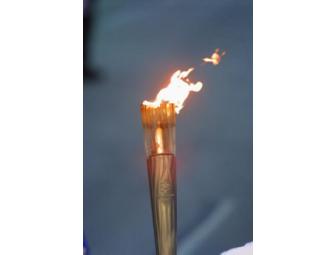
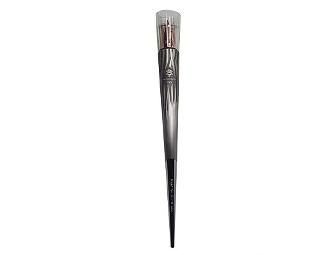
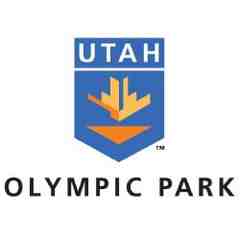
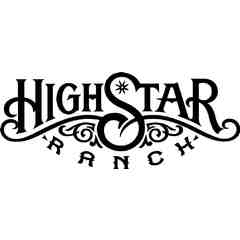 High Star Ranch
High Star Ranch

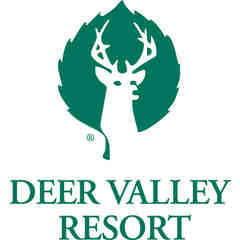
 Cartan Tours
Cartan Tours
 Stein Eriksen Lodge
Stein Eriksen Lodge
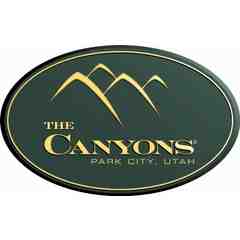 The Canyons Resort
The Canyons Resort
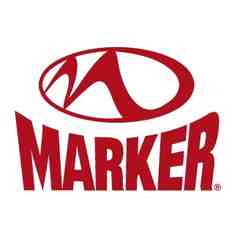 Marker, Ltd.
Marker, Ltd.